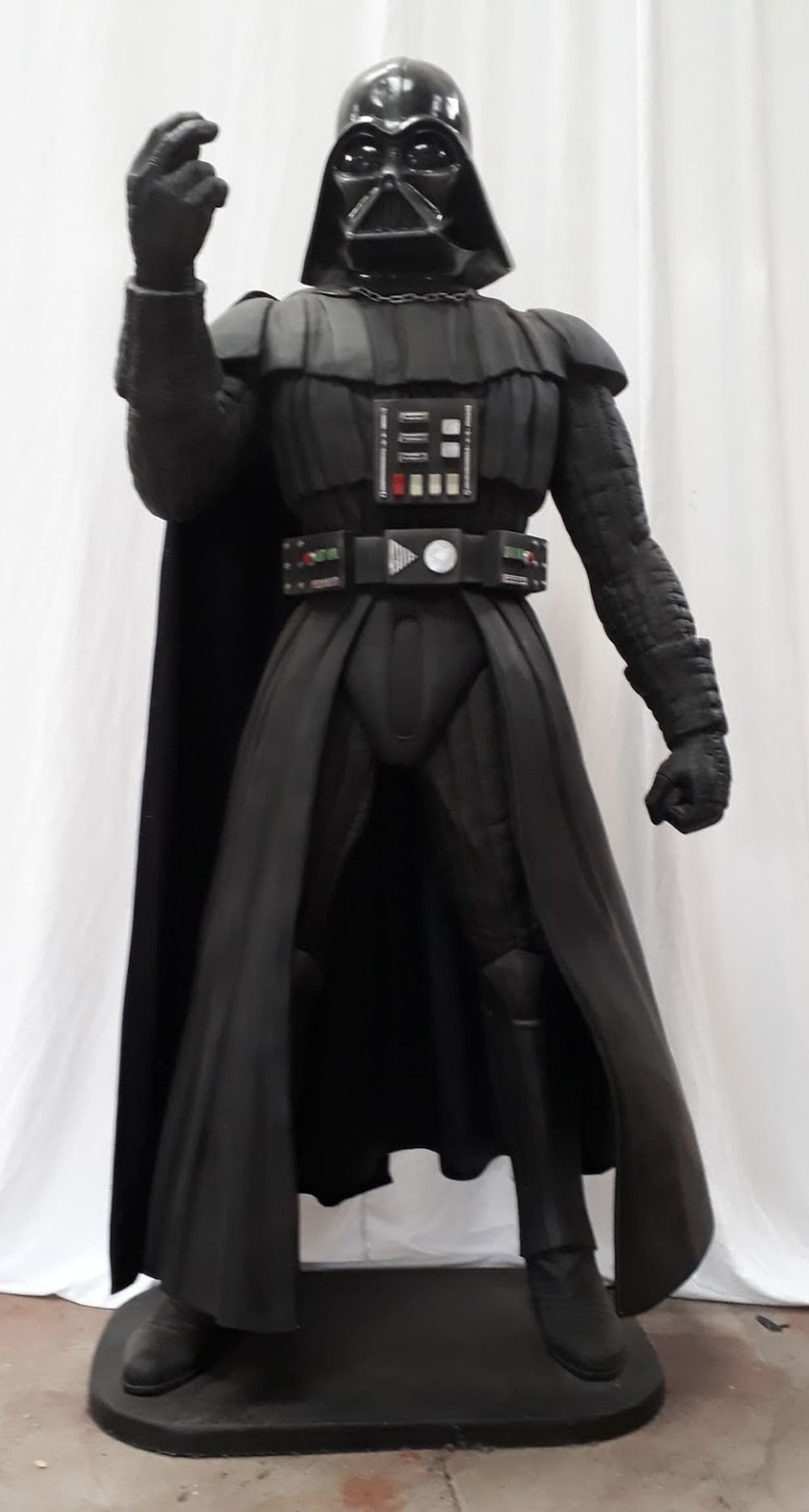

Science Saru made two episodes, "Akakiri" and "T0-B1." Co-founder Eunyoung Choi directed the first and Spanish animator Abel Góngora directed the second. Production I.G worked on "The Ninth Jedi," which was directed by Kenji Kamiyama, who previously worked on anime like Patlabor, Jin-Roh: Wolf Brigade and Ghost in the Shell: Stand Alone Complex.

'American Horror Stories': FX Show's Season 2 Plans Revealed.Alyssa Milano Urges Public to 'Learn CPR' Hours After Car Crash With Uncle.'Nine Perfect Strangers' Is Based on This Book.If you would like to comment on this story or anything else you have seen on BBC Culture, head over to our Facebook page or message us on Twitter. It looks as if Lucas’s successor, JJ Abrams, has been watching The Hidden Fortress, too. In fact, her poses when she wields a staff or a lightsaber could have been lifted straight from Kurosawa’s duelling generals. That bias has been corrected in The Force Awakens. The long-awaited new instalment includes a female pirate and a female stormtrooper, and Daisy Ridley’s character is a better fighter than any of her male counterparts. When you factor in Uki’s aged servant and the freed slave, The Hidden Fortress features three times as many strong women as all three original Star Wars episodes put together – and there’s not a single gold bikini. The most significant moments are handed to the men, whether those men are humans, Wookiees or robots, and, aside from Leia, there are no female characters with much to do. The first Star Wars trilogy, in contrast, is the story of Luke Skywalker. The story of The Hidden Fortress may be seen from the peasants’ perspective, but it is fundamentally the princess’s story. Finally, it is Uki’s bravery which prompts the enemy general to switch sides. Later, she frees a female slave from her master, and in return the grateful woman protects the princess from the peasants’ unwanted advances. Lucas has said that Leia is “more of a stand-and-fight kind of princess” than Kurosawa’s heroine, but it’s hardly a fair assessment, given that Uki does actually stand and fight: when Tahei and Mataschichi first spy her in a forest, she whips them with a stick. Of course, Lucas’s many innovations are what make Star Wars so magical – but in one respect the 1958 film seems more modern than the 1977 one, and that’s in its emphasis on Princess Uki. Besides, can it really be a coincidence that at the end of The Hidden Fortress, the heroes are saved by a facially scarred villain who has a last-minute change of allegiance, much like Darth Vader in Return of the Jedi? And if you’ve ever been bemused by the utter pointlessness of Queen Amidala disguising herself as her handmaid in The Phantom Menace, you can trace her subterfuge back to Princess Uki pretending to be a mute commoner so that she can travel undetected through enemy territory. Lucas even considered Mifune for the role of Ben Kenobi, who had formerly been a general himself during the Clone Wars. And for another, it showed how a civil war might look to a duo of bumbling, bickering nobodies. For one thing, it had an unusual blend of swashbuckling action and knockabout comedy, fairy-tale archetypes and war-movie grit. But it was Kurosawa’s widescreen epic The Hidden Fortress that fascinated Lucas. Yojimbo (1961) became Sergio Leone’s A Fistful of Dollars (1964). The Seven Samurai (1954) became John Sturges’ The Magnificent Seven (1960). Some international directors didn’t just learn from Kurosawa’s deep-focus vistas and propulsive editing, they remade his films wholesale.

“Let me say it simply,” summed up Scorsese in 2009. Here was a writer-director from an intriguing foreign culture, but because he was so influenced by John Ford and other American directors, his films were accessible to Western audiences. The New Hollywood wunderkinds – Martin Scorsese, Francis Ford Coppola, Steven Spielberg – were entranced by his artistic, philosophical, yet dynamic work. Kurosawa was already a big name in Japanese cinema when he caught the world’s attention with Rashomon, an intricate crime drama which won the top prize at the Venice Film Festival in 1951.


 0 kommentar(er)
0 kommentar(er)
